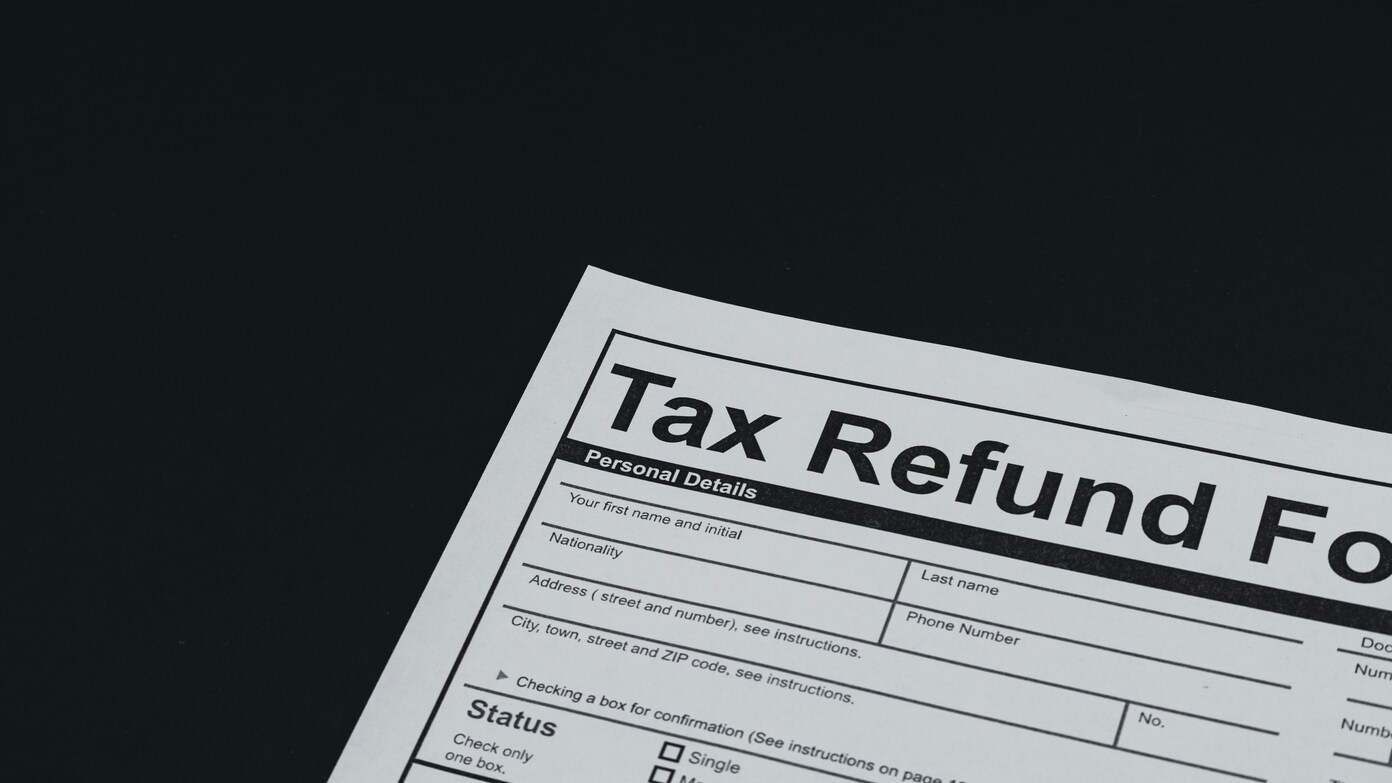Tax filing season is in full swing, and many taxpayers are already wondering when they will receive their refunds. With millions of Americans filing their tax returns, the Internal Revenue Service (IRS) provides tools to track the status of refunds and helpful programs to make filing easier. Here’s what you need to know about checking your refund status and the options available for free tax filing.
How to track your IRS and state refund status
The IRS offers an online tool called ‘Where’s My Refund’ that allows taxpayers to check the status of their refund. To use this tool, you will need to provide your Social Security Number, filing status, and the exact refund amount from your tax return. Once you enter this information, the system will display one of three statuses:
- Return received: Your return is being processed.
- Refund approved: The IRS has processed your return and is preparing to issue your refund.
- Refund sent: Your refund has been sent to your bank or mailed as a paper check.
If your tax return status shows “Refund Sent,” you should expect to receive your refund soon. Direct deposit refunds may take up to five business days to show in your bank account, while paper checks can take several weeks to arrive via mail.
In addition to federal refunds, most states provide online portals where taxpayers can track their state refund status. For example:
- Pennsylvania: Taxpayers can check their state refund status online, typically four weeks after filing electronically and up to 12 weeks for paper returns.
- Delaware: The state also offers an online portal for tracking state tax refunds.
To check your state tax refund status, visit your state’s Department of Revenue website and enter your Social Security Number and refund amount to get an update.
How to file your taxes for free with IRS direct file
For taxpayers looking to file their taxes without paying for software or professional services, the IRS has introduced a free program called Direct File. This initiative allows millions of Americans with simple tax returns to file at no cost directly through the IRS website.
Initially piloted in a dozen states last year, Direct File expanded in 2025 to cover 25 states, including:
- Alaska, Arizona, California, Connecticut, Florida, Idaho, Illinois, Kansas, Maine, Maryland, Massachusetts, Nevada, New Hampshire, New Jersey, New Mexico, New York, North Carolina, Oregon, Pennsylvania, South Dakota, Tennessee, Texas, Washington, Wisconsin, and Wyoming.
According to the IRS, nearly 30 million taxpayers qualify for this free service in 2025. If you have a straightforward tax return, such as W-2 income and standard deductions, Direct File may be a great option. The Direct File website provides a step-by-step guide to determine eligibility and assist taxpayers in filing their returns.
IRS officials emphasize that the goal of Direct File is to simplify the tax filing experience and help taxpayers meet their obligations easily. Danny Werfel, the former IRS commissioner, stated, “Above all, our goal is to improve the experience of tax filing itself and help taxpayers meet their obligations quickly and easily.”
Read now: Where is my refund? How Trump’s IRS job cuts could affect when you get your money.
With tools like ‘Where’s My Refund’ and Direct File, taxpayers have more resources than ever to navigate tax season efficiently. Whether you’re waiting for your refund or looking for a way to file for free, these options can help make the process smoother and more accessible.
